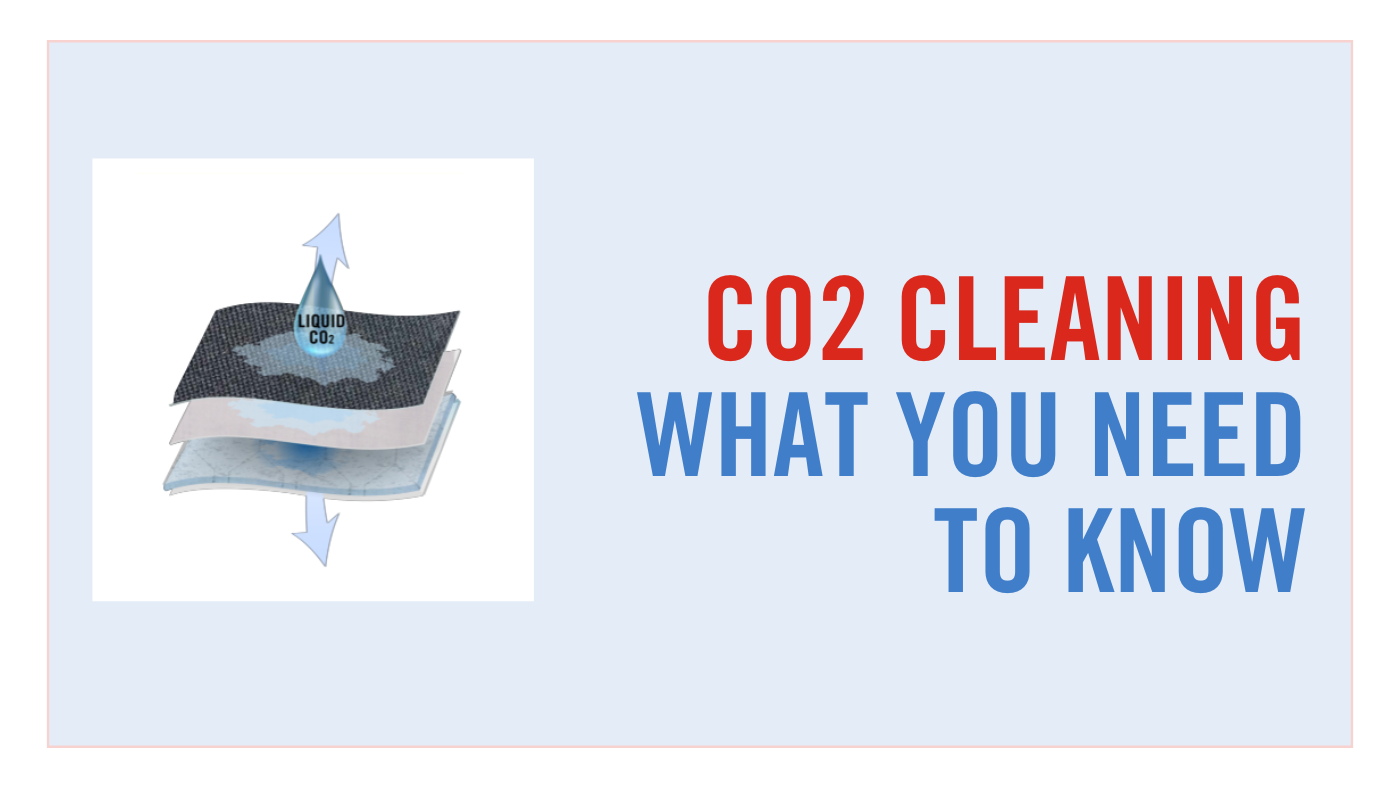CO2 cleaning is making waves in the fire industry. The technology is a new tool that can help keep gear clean, protecting firefighters from potentially dangerous contaminants that end up on turnouts.
But as with any technology, there are limitations to what can or can’t be done. In a recent webinar, Gear Wash Director of Business Development Brian Marenco walked through the promises of CO2, debunking myths and showing how this technology is a new tool in the firefighter’s arsenal.
What Is CO2 Cleaning?
CO2 cleaning uses highly pressurized carbon dioxide to wash gear.
Under high pressure, the CO2 becomes liquid, allowing it to penetrate the fibers of turnout gear.
Testing has shown CO2 to be an incredibly effective cleaner, removing up to 98-100% of contaminants.
CO2 offers other advantages, such as no drying time (at the end of washing, the CO2 simply returns to a gas) and the potential for a quicker turnaround time compared to traditional washing methods.
CO2 Claims Vs. Reality
It is important to separate the hype of CO2 cleaning from the reality. Far from being a complete replacement for all other types of cleaning, CO2 should be seen as a new tool, working in partnership with traditional washer/extractor cleaning methods to deliver a deeper cleaning.
Claim 1: CO2 is much more effective than traditional cleaning
While it is true that CO2 can remove up to 100% of contaminants, that claim is only true for some contaminants. In particular, CO2 excels at removing fuels, fumes, and tar. However, it is not as effective with heavy metals (like lead).
It is important to remember that the 100% claim also only refers to known contaminants. When a service provider is verified under NFPA 1851, they are required to test against a list of contaminants that are known to be present in many fires. But not every contaminant is known or tested for.
Traditional washing methods with water have also been shown to remove 100% of known contaminants. But like CO2, washer/extractor cleaning also struggles with some contaminants.
When combined, however, CO2 washing and traditional washing methods can work together to provide a deeper clean than either could achieve individually.
Claim 2: CO2 cleaning removes all EV contaminants
Some say that CO2 can effectively remove all contaminants found on gear after an electric vehicle fire.
While that is true for some known contaminants, it is important to know that all possible contaminants from an EV fire are still unknown. As more research is performed on EV fires, this list of known contaminants could grow.
Claim 3: Wet gear can be placed right into a CO2 machine
Chances are that your turnouts will be wet after a call. Whether it’s from water used to fight the fire or from preliminary exposure reduction after the fire, turnouts usually end up with at least some moisture content.
That’s bad news for CO2 machines, which cannot wash gear that may have areas of saturation.. It is likely that wet gear won’t dry before reaching the cleaner—especially not if NFPA 1851 Preliminary Exposure Reduction (PER) guidelines are followed and the dirty gear is placed directly into a plastic bag.
The cleaner will generally have to wash the gear with a traditional washer /extractor, dry the gear, and then wash using the CO2 machine.
Claim 4: Water washing methods are obsolete
It is easy to think that CO2 cleaning could make traditional washing methods obsolete. But washer/extractors will continue to play a pivotal role in gear cleaning.
Wet gear will generally be washed using traditional methods, as will gear that is coated in large amounts of debris.
For example, drywall debris is very likely to reduce the cleaning abilities of a CO2 machine. As a result, it must be first washed using traditional washer/extractor methods to remove the surface contaminants.
Claim 5: Gear doesn’t need to be separated
Traditionally, turnout layers must be separated before being washed (e.g., separating moisture barrier from outer shell). Because of CO2’s unique properties, it is technically possible for gear to remain fully assembled during the washing process, potentially saving time and effort in the cleaning process.
In practice, however, gear is still disassembled prior to cleaning.
Disassembly is still required under current NFPA 1851 guidelines, regardless of cleaning method used. Liners must only be washed with other liners, outer shells with other shells. While that could change in future updates, it remains the case.
But even if the rule was changed, most gear would still need to be dissembled. If gear needs an advanced inspection or repair, it will be separated. The only gear that would not be disassembled would be very new gear or gear that isn’t close to its advanced inspection deadline.
CO2: A New Tool in the Arsenal
It’s important to remember that while CO2 can’t do everything and isn’t a one-size-fits-all solution, it does offer an exciting new opportunity.
Some departments will choose CO2 for their annual cleanings in an effort to get gear cleaner than traditional washing methods alone.
The technology also excels where some traditional methods fail. As discussed, CO2 is especially useful at removing contaminants like fuel. Traditional methods for removing fuel rely on soaking gear in various cleaning agents, a process that often fails to clean gear on the first try. CO2 is much gentler, more consistent, and quicker.
When used in the appropriate situation, CO2 is an exciting gear washing solution that will help departments keep their firefighters safer from dangerous contaminants.
For those departments looking for additional advice on NFPA 1851 compliance, Gear Wash has a free e-book detailing what steps need to be followed, who is responsible for what type of cleaning and inspection, and the procedures that will keep firefighters safer and gear battle-ready.
For those who are ready to make the CO2 leap, Gear Wash is proud to offer a full suite of services to keep your gear fighting fit!




